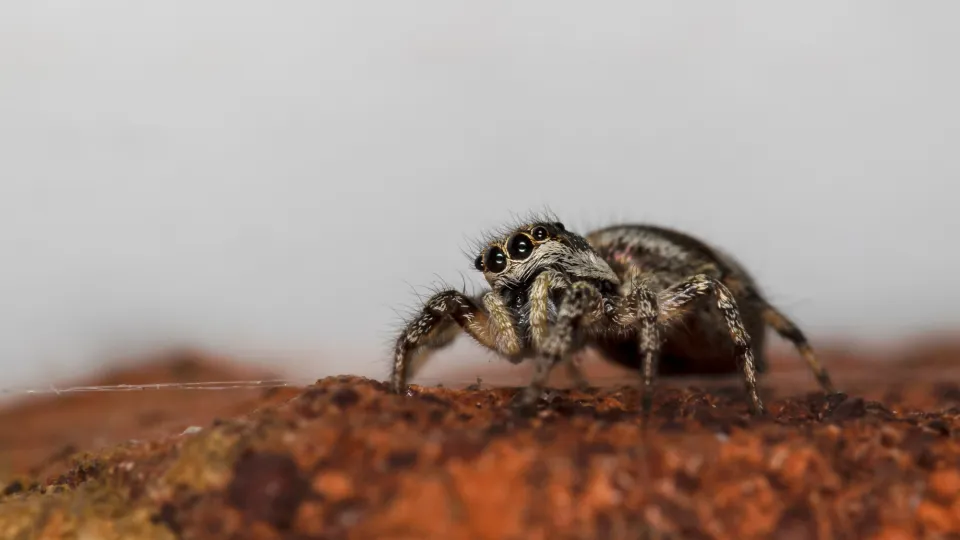
Zebra spider
As its name suggests, the zebra spider has the familiar black-and-white stripes of a zebra, making it very distinctive. It can be found stalking its prey on rocks, trees and walls, particularly in gardens.
A Taxa which are neither threatened nor near threatened.

As its name suggests, the zebra spider has the familiar black-and-white stripes of a zebra, making it very distinctive. It can be found stalking its prey on rocks, trees and walls, particularly in gardens.
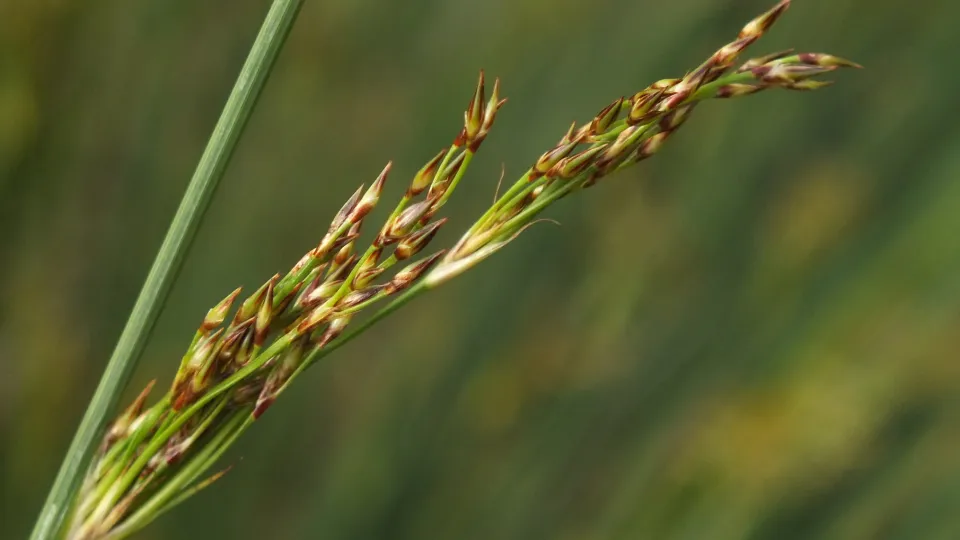
The stiff, spiky and upright leaves and brown flowers of hard rush are a familiar sight of wetlands, riversides, dune slacks and marshes across England and Wales.
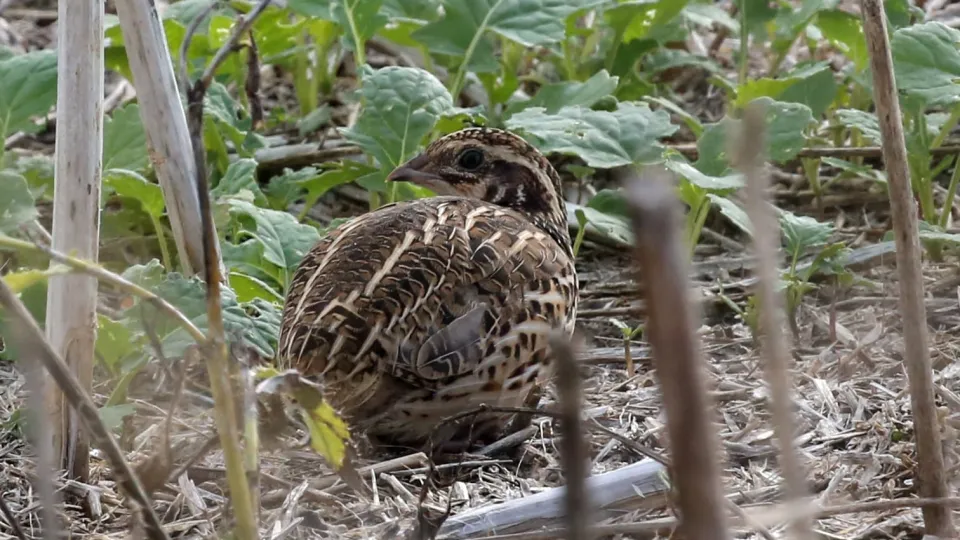
This tiny gamebird is rarely seen, but its distinctive "wet my lips" call can be heard ringing out over areas of farmland on summer evenings.
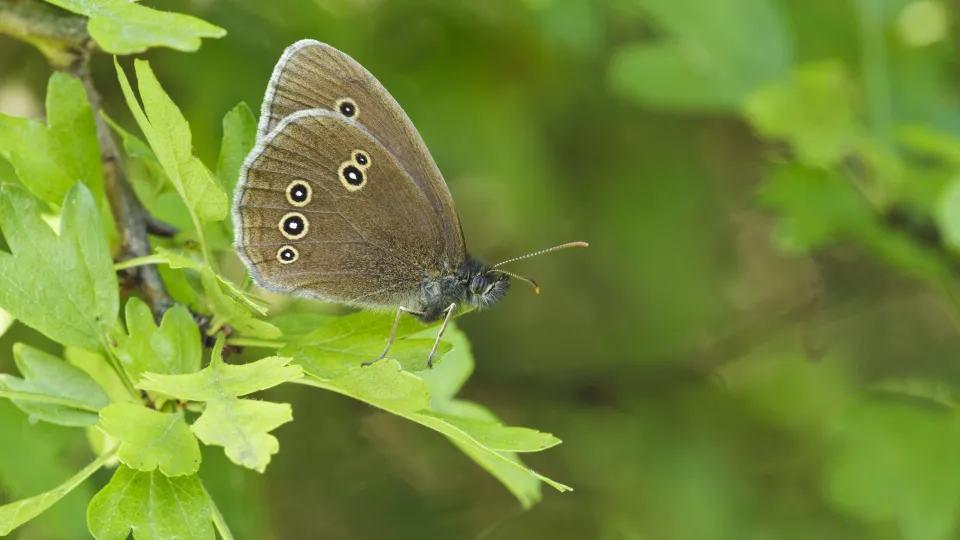
The ringlet gets its name from the small rings on the undersides of its wings. These rings show variation in the different forms of this species, even elongating into a teardrop shape.
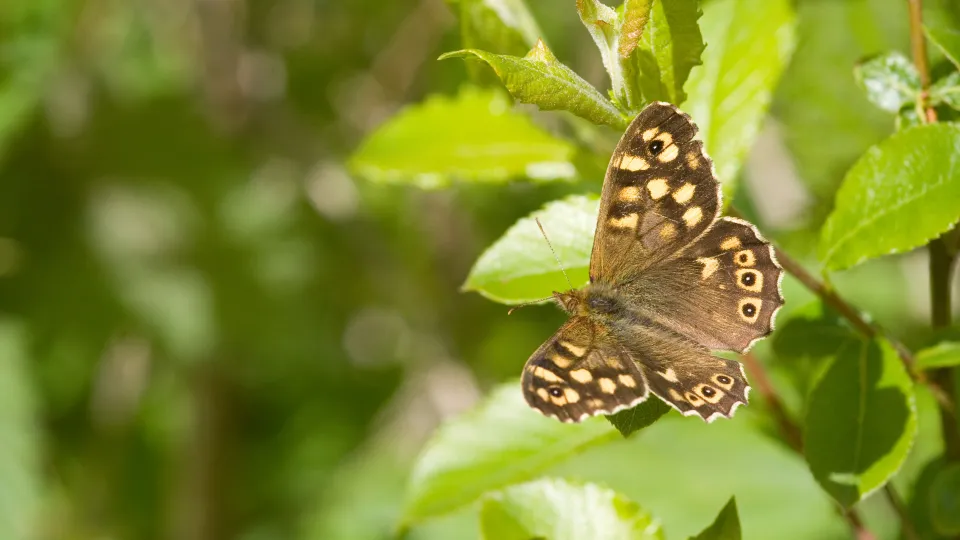
The speckled wood prefers the dappled sunlight of woodland rides and edges, hedgerows and even gardens. Despite declines, its range has spread over recent years.
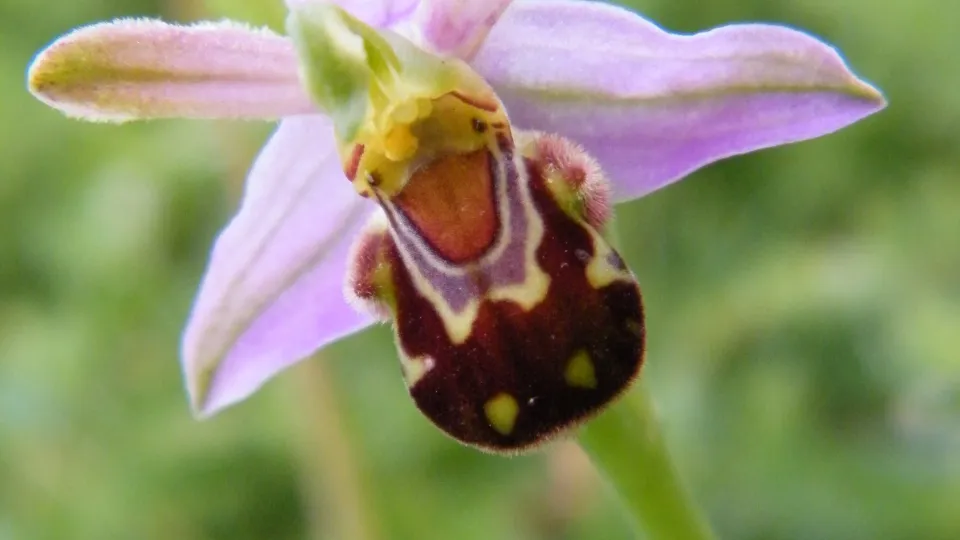
The bee orchid is a sneaky mimic - the flower’s velvety lip looks like a female bee. Males fly in to try to mate with it and end up pollinating the flower. Sadly, the right bee species doesn’t live here, so this orchid is self-pollinated in the UK.
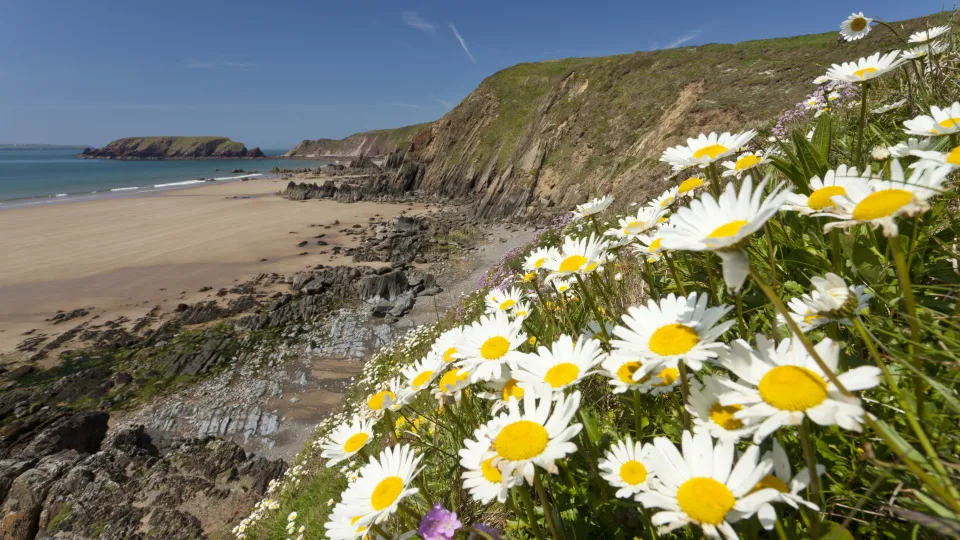
Often growing in swathes along a roadside or field margin, the oxeye daisy is just as at home in traditional hay meadows. The large, white, daisy-like flowers are easy to identify.
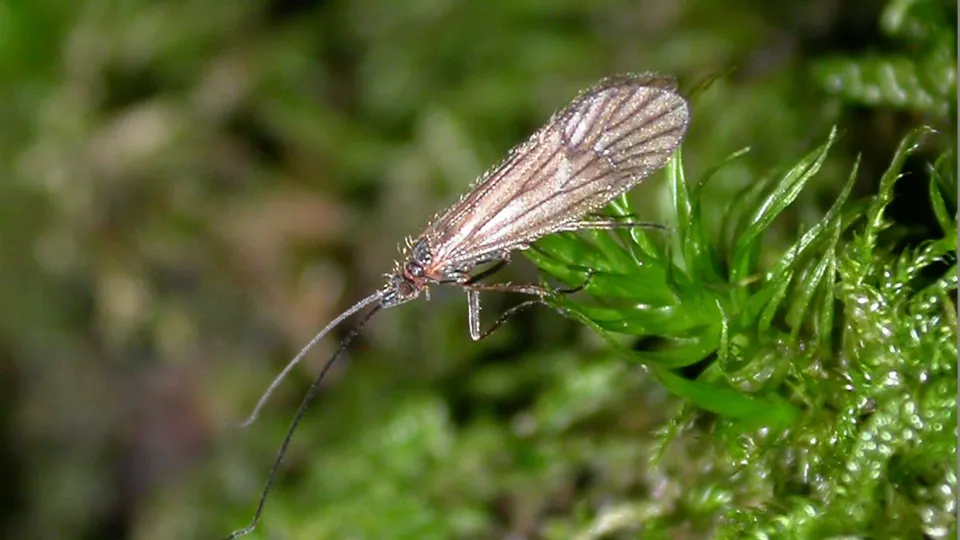
The Land caddis is the only caddisfly in the UK to spend its entire time on land, with no stage in water. Look in oak leaf litter over winter to see the grainy cases of the larvae, in which they turn into adults.
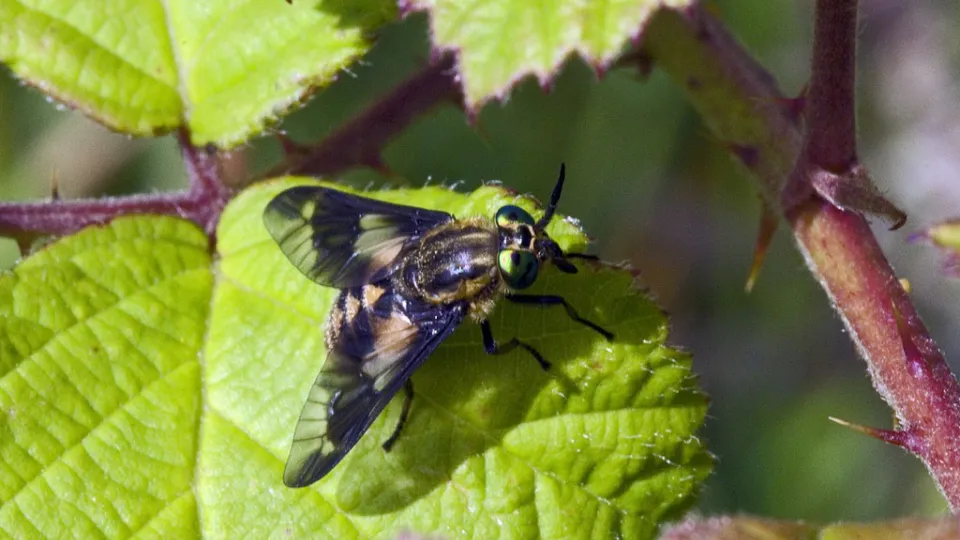
Many of us have felt the painful bite of the Twin-lobed deer-fly (a 'horse-fly') while out walking in damp grasses or woods. But mostly, it prefers to feed on the blood of cows and ponies, often becoming a pest.
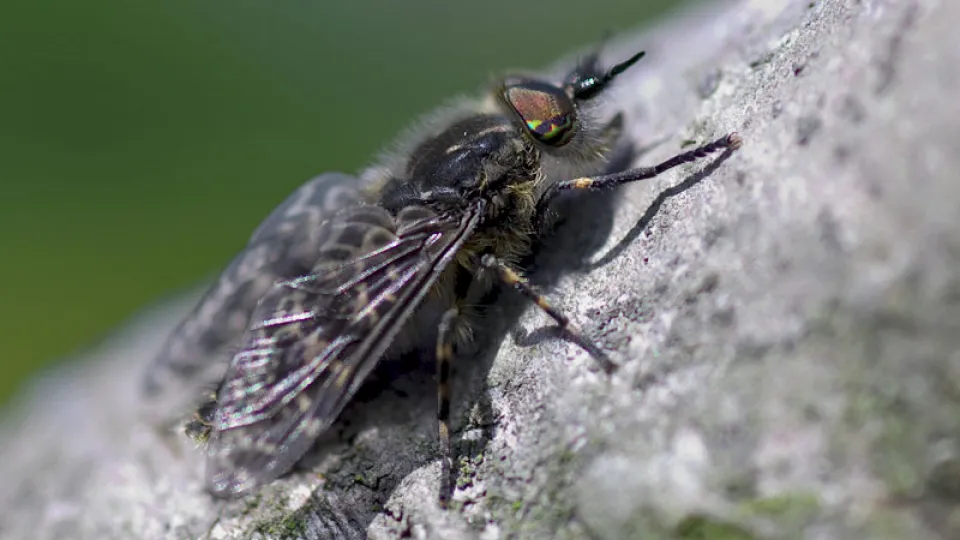
The Notch-horned cleg-fly isa horse fly dark grey in colour, with grey-brown mottled wings and intricately striped, iridescent eyes. There are 30 species of horse-fly in the UK; this is one of the most frequently encountered species and also one of the smaller ones. Some of us have felt the painful bite of the Notch-horned cleg-fly (a 'horse-fly') while out walking in grasslands or woods, although it prefers to feed on the blood of cows and horses.